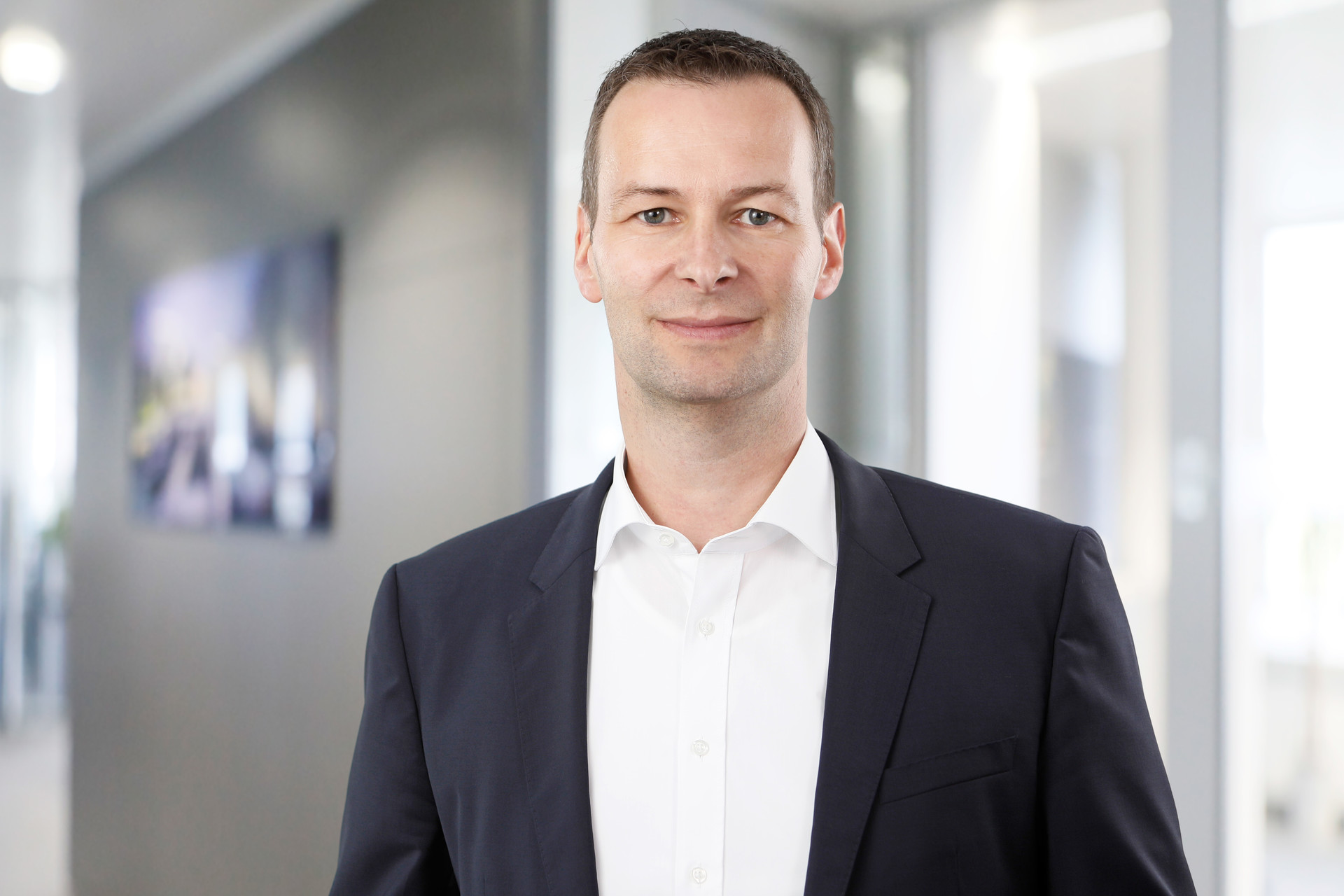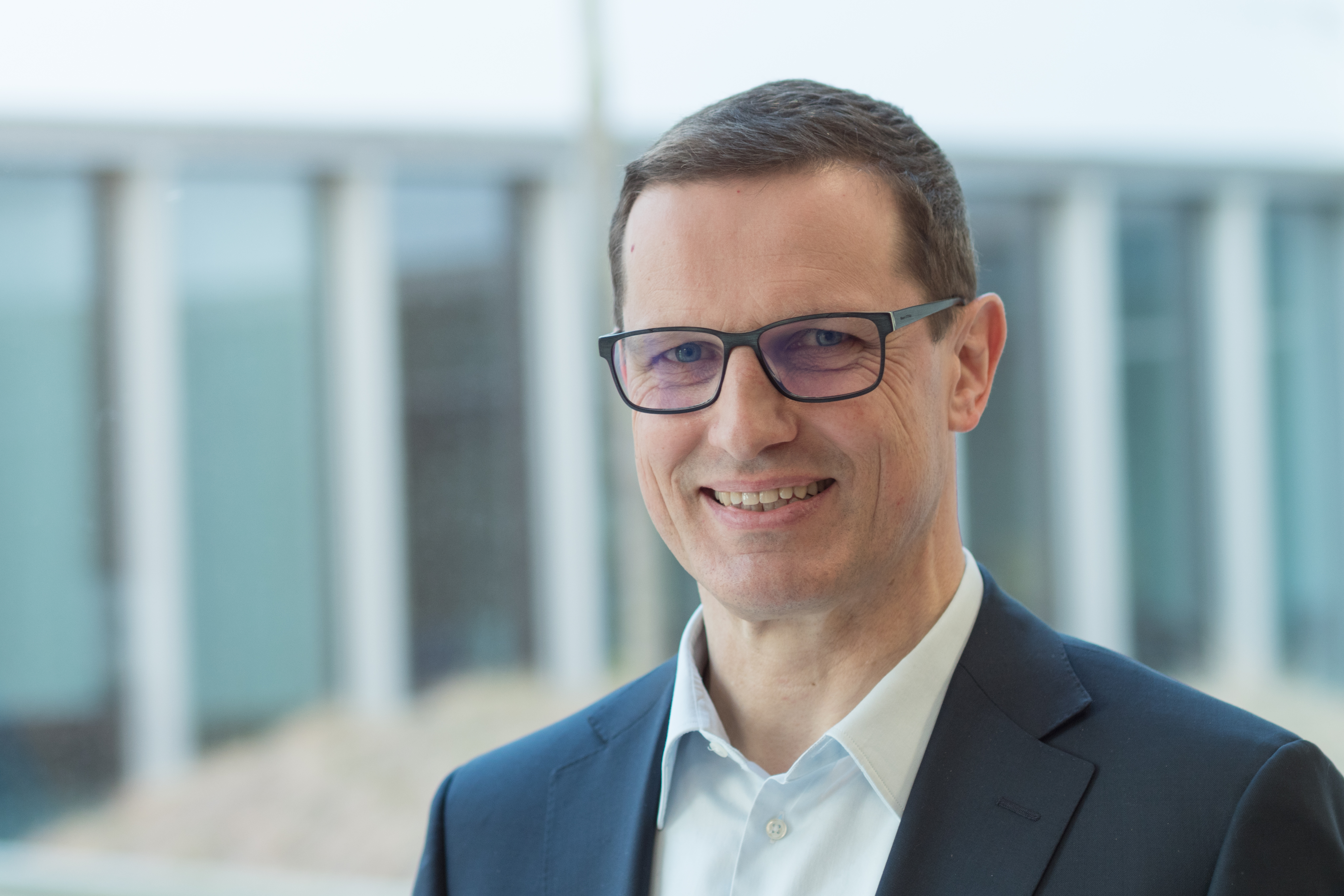The current debate focuses on two scenarios for harnessing the existing gas infrastructure: blending hydrogen into the existing natural gas pipeline network, or completely repurposing the gas grid to solely transport hydrogen. What are the benefits of each of those scenarios?
Hüwener: There are actually various approaches we could take, including transporting 100 percent hydrogen, blending hydrogen into the natural gas, or methanating the hydrogen before adding it to the natural gas. We need to carefully consider all the options and be open to whichever technology is best. For large quantities of hydrogen, the option of transporting 100 percent hydrogen through the pipelines will certainly be best in the long term, because we’re going to see heavy demand for pure hydrogen from sectors such as the steel industry, the chemical and cement industries, and the heavy-vehicle transport sector. Nonetheless, blending hydrogen into natural gas is also a promising approach: I’d say it would be perfectly conceivable to blend hydrogen into natural gas at a concentration of 5 percent in long-distance pipelines and 20 percent in the distribution grid in order to supply the heating market with green energy.
Martin: We’ll certainly need to consider new ideas in the long term, such as the option of installing a smaller pipeline for hydrogen next to – or even inside – existing gas pipelines. Exploiting the existing infrastructure in this way would be significantly cheaper and would avoid any additional impact on the environment. Right now, all these options are still at the stage where they’re going through various tests and real-world trials, and we still don’t know what will prevail at the end of the day.
In what ways do the specific properties of hydrogen change the requirements for pipelines and their operation?
Hüwener: The good news is that we can definitely use existing gas pipelines, though they will need to be modified. The biggest challenge is how to keep the system gas-tight, especially when it comes to the valves. We still need more research in this area, though it does appear that we could make it work. Once you start blending in hydrogen at a concentration higher than 5 to 10 percent, however, you have to use a new compressor design.
And what are the main challenges of integrating hydrogen into the existing gas infrastructure?
Hüwener: We’ll need to link the design of the electricity system to that of the gas system, which means we’ll need joint grid development plans. But the biggest challenges in the early stages will be the political and regulatory hurdles. The German government has already made some good initial progress in this area by amending the Energy Industry Act to allow hydrogen to be transported through existing natural gas pipelines. The next step is to create the right kind of political framework to keep this huge transformation of the energy system affordable and attract investors to Germany.
What solutions can we expect from industry and the research community? And what’s the idea behind your partnership?
Martin: We’ve been working with OGE on various levels for the past 20 years. Right from the start, we were delving into questions of optimization that simply couldn’t be answered at that time. But now we’ve managed to develop optimization methods and simulations that give OGE potential solutions for real-time operating parameters and strategies. The only way to develop something like that is by having constant, direct contact with a partner who is applying those methods on the ground. As mathematicians, our skills are primarily focused on developing methods and processes rather than putting them into practice, so combining our know-how with a user’s practical experience is a great way to create added value.
You need clear methodological principles and empirical studies to plan and operate these kinds of systems. Is that something that algorithms or artificial intelligence can help with?
Martin: The only way to generate added value is with access to the relevant data – in large quantities, and in real time. That’s why we need to be thinking about creating the digital world at the same time as building the infrastructure. That’s especially important when you consider that a mix of energy sources will inevitably make the system more dynamic. Controlling those dynamics is a major challenge in terms of both the algorithms and the methodologies you use. But, even with today’s methods, digitalization allows us to do a good job of capturing and modeling those kinds of dynamic processes. If the data is available in real time and you have a digital twin operating in parallel, then you can achieve synchronization between the virtual and real world.
At Fraunhofer IIS, we’re currently helping develop a tool that will optimize the planning of both electricity and gas systems while also incorporating integer decisions and adequate modeling of the physics involved. With high quality, real-time data, this tool will also serve as a basis for optimized operation. It will provide templates for making decisions, which will enable you, Mr. Hüwener, to make better decisions for the long term.
Hüwener: Well, I’m totally on board with that! Coming up with a system design and setting out the interaction between electricity and gas is one of the biggest challenges of all. To the best of my knowledge, we still don’t have a commercial tool that is capable of doing that properly. But having that kind of tool is essential, so we need research in this area to continue.
Could parts of the gas grid be repurposed for hydrogen today?
Hüwener: If we’re talking about transporting 100 percent hydrogen, then we could potentially use some of the pipelines that currently carry low-calorific gas (L-gas). In the future, these pipelines could become available for alternative uses, since L-gas volumes will decline until 2030 and only H-gas will be used after that. In collaboration with TÜV, we’ve carried out targeted studies on at least seven long sections of pipeline, so we already know exactly how to convert them. Once we get the green light, it would take us two to three years to get these large-volume pipelines ready to transport hydrogen. In regard to the other option of blending hydrogen into the gas, we’re currently implementing a hydrogen feed system in the northern German district of Emsland.
Looking to the future, when do you think Germany will reach the stage where it can transport mostly hydrogen through existing gas pipelines?
Hüwener: It’s already technically feasible to convert large-volume pipelines to hydrogen within a space of just a few years. But the question is what is politically desirable and what quantities of hydrogen are actually available. I think this will be something of an evolutionary process. By 2030, the operators of the German gas pipeline network will be able to provide access to a 5,100-kilometer network of pipes capable of transporting some 70 terawatt-hours of hydrogen, which fully covers all the volume scenarios set out in the dena study on Germany’s integrated energy transition.
Martin: As Mr. Hüwener already mentioned, this will very much be an ongoing process. By that I mean that we’ll need to repurpose the existing gas infrastructure to transport hydrogen while the gas grid is still up and running – without jeopardizing the natural gas supplies that the economy relies on. This obviously presents us with additional challenges, though they should be perfectly solvable.
How do you feel about the idea of transporting energy through hydrogen transport grids in the future instead of overland power lines? How will those two variants interact? Could hydrogen pipelines actually replace electrical power grids? At least partially?
Martin: It’s essential to look at the system as a whole: there will be some situations where hydrogen from the pipeline network is clearly preferable, but there will also be continued demand for natural gas from certain customers for a long time to come. The number of potential hydrogen users is actually very high, but any efforts to bring these users on board are still hampered by limited availability and elevated production costs. That’s why we’ll need to focus on prioritizing sectors that have particularly high potential to reduce emissions, especially in the development phase of the hydrogen economy. In the short to medium term, we’ll need to continue supplying natural gas to those sectors that have a low emission-reduction potential.
Alongside this will be electricity from renewables, which will obviously continue to appeal to certain customers. These will mostly be in sectors that are already electrified or that can be electrified easily in the future, since electricity from renewables has lower conversion losses than hydrogen.
Making hydrogen from water by electrolysis involves the loss of over 40 percent of the valuable electrical energy, which is why hydrogen will be prioritized in sectors that find it difficult to use electrical energy, such as the heavy-vehicle transport sector.
The key is not to limit ourselves to a single supply channel, but rather to get the right energy mix to make our energy supplies as cost efficient and carbon neutral as possible.
All the conditions are in place, so we just need to continue shaping this ongoing process as we move forward.
Editor: Dr. Janine van Ackeren


